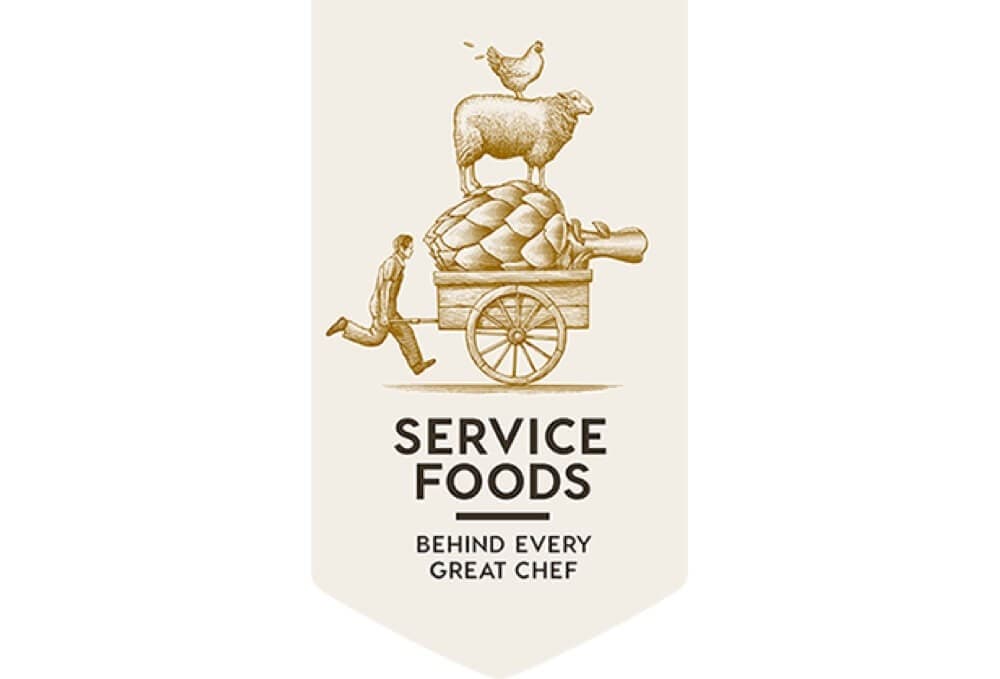
Easy access to global food trends, via well-travelled Chefs and social media, means there has never been a better time to experiment with menus and different cultural dish combos.
There is a wealth of exciting ingredients, foods and cooking methods around the world and combining some of them offers a chance to create innovative and interesting new dishes or twists to existing local favourites to keep patrons excited, so long as the most important principle, i.e. good taste, is maintained.
No longer does anyone say you can’t mix Tex-Mex with Japanese or combine Korean and French flavours. An increasing number of Chefs look for new inspiration and a point of difference while creating menus and Insta-worthy dishes, which offer both the familiarity of the old and the excitement of the new.

Most importantly there is no magic formula on how to modernise or be more creative with your menu. Here are some simple tips that have worked for other successful Chefs.

Today’s kitchen is a United Nations of international talent, so tap into your staff and ask them about hot dishes and what rocks their boat. It may be a case of putting a Sous Chef and CDP together to see what they can come up with. All will have their own knowledge, skills, techniques, experience and favourite dishes, so see if they can combine a few of those to make some truly amazing and memorable menu items.

Strong punches of flavour can either offset or complement a host of bar snacks. A big batch of seasonal or winter pickled veg can come in handy all year round. It could be Korean kimchi, Italian style giardiniera, India’s mango pickle, or those pink, pickled root vegetables you find at Middle Eastern charcoal chicken joints. But instead of adding it to traditional fare, look to add contrast by matching it with a different cultural dishes.

Starters offer ample opportunity to experiment. Loaded fries, for example, may now be a familiar menu item, piled high with bacon, spring onion and tasty cheese, or bonito flakes and wasabi mayo, or chimichurri. But if you really want to really ramp it up, use different cultural combos, such as kimchi (Korean) and chorizo (Spanish) fries, or an Italian twist on Canadian poutine, by using cheese-loaded lasagne instead.

Look to utilise what you have, be it sous vide bath, smoker, smoker gun, brine, deep fryer or dehydrator to get a different result from essential ingredients. And don’t be afraid to mix and match.

Leftover long-cook items, like roast chicken or pulled meats, are ideal for trialling new dishes. A quick Hawaiian pineapple-packed chilli-spike taco can be made using leftover pork or chicken, or try a Thai peanut chicken in a quesadilla.

In Sydney, at Casula Powerhouse’s Bellbird restaurant, Venezuela-born classically trained Chef Federico Rekowski had an abundance of cabbage, red and white, from his kitchen garden. So he made a traditional pickle for the red cabbage, while his Vietnamese born sous Chef offered a Korean kimchi version for the white. Both are served with a sous vide WA octopus tentacle. The kitchen also adds in Okonomiyaki loaded fries, served with mayo, shallots and bonito flakes as a side.
Don Taco, in Alexandria, tapped into a trend originating in Okinawa that fused seasoning used by US troops to flavour beef mince, and served it with flavoured rice in a taco. Don Taco overcame a few hurdles, including limited kitchen space, using a rice cooker and induction cooktop, to create a similar vibe. Housemade taco seasoning – kombu powder, dried shiso, Japanese chilli flavours – also flavours a vegetarian taco rice, while the rich bean mix on the nachos is flavoured with red miso, kombu and shiitake mushrooms, charged with tequila-pickled jalapenos, then hidden under layers of five cheeses, then drizzled with kewpie mayo.
Cafe Hanoi Chef Nate Houpapa, had to readjust his menu after a Vietnamese dessert called che, traditionally featuring firm jellies made with tapioca and mung bean starches, red beans and kidney beans didn't go down too well with his Auckland audience. Houpapa and head Chef, Vietnamese-born Cuong Nguyen, gave che a second chance by making softer jellies.
The global food playbook has never been more exciting to explore, so drop the standard recipe book and start plating some of your own cross-border creations.















